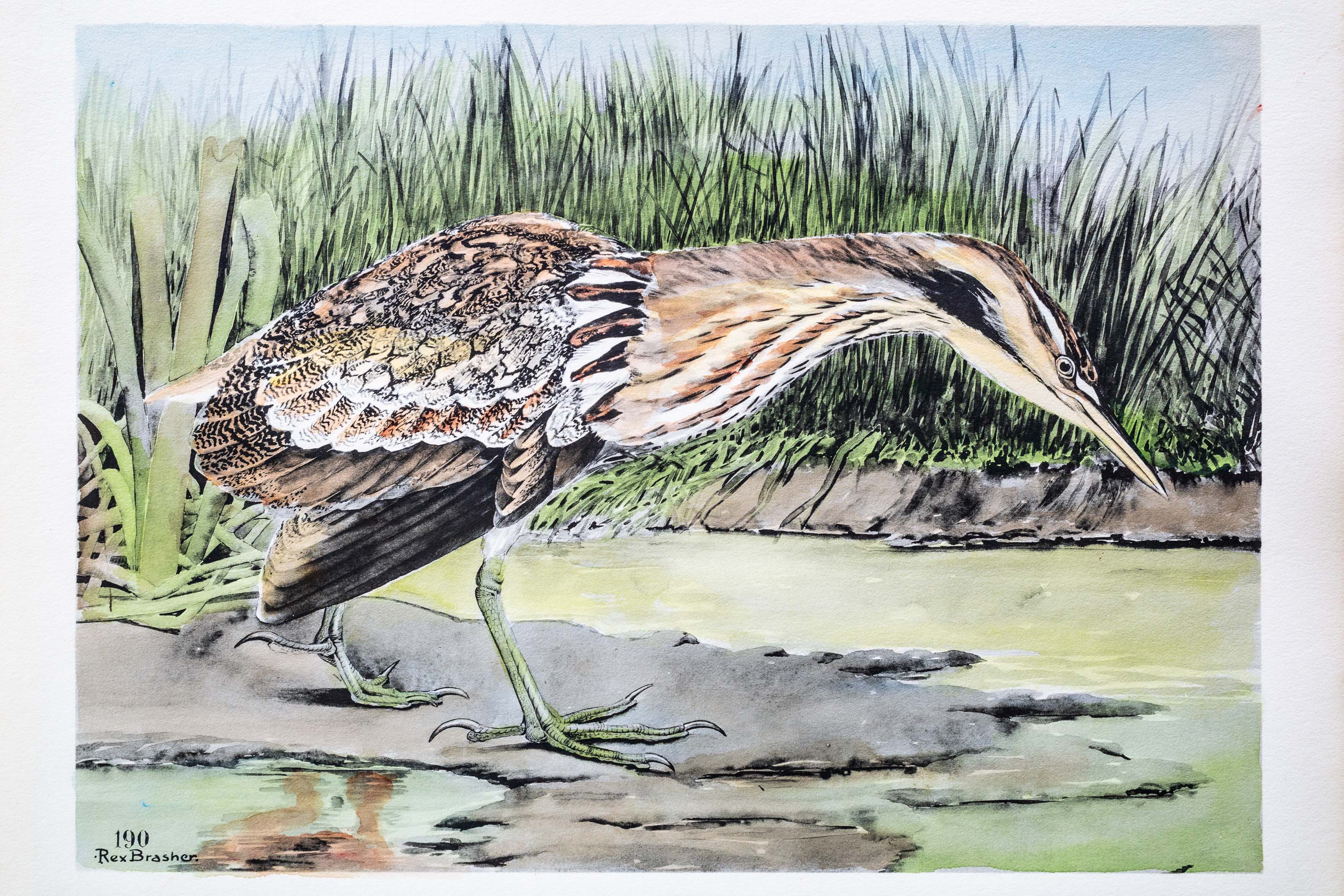
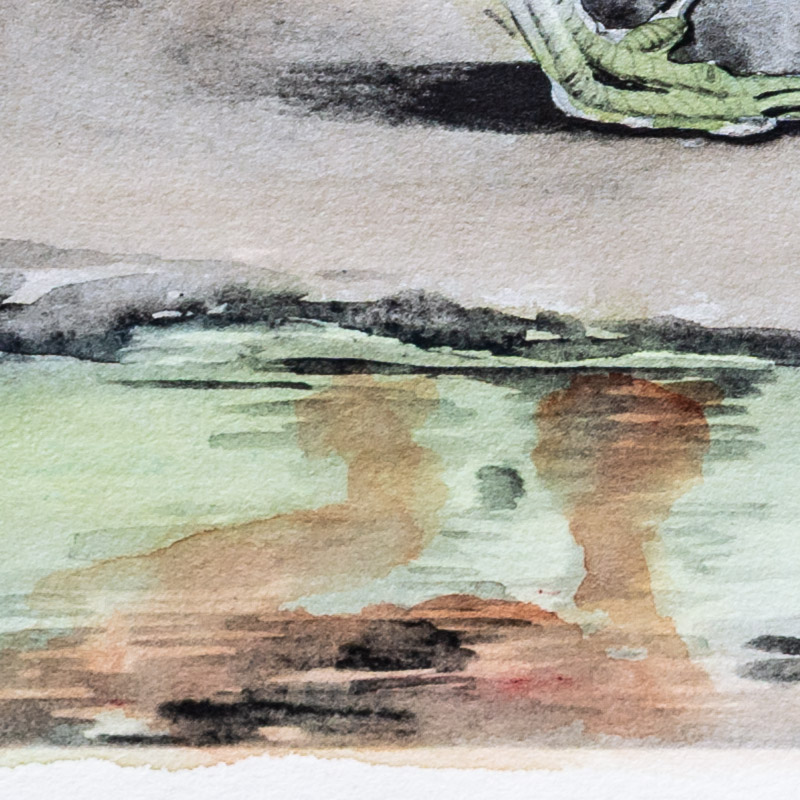
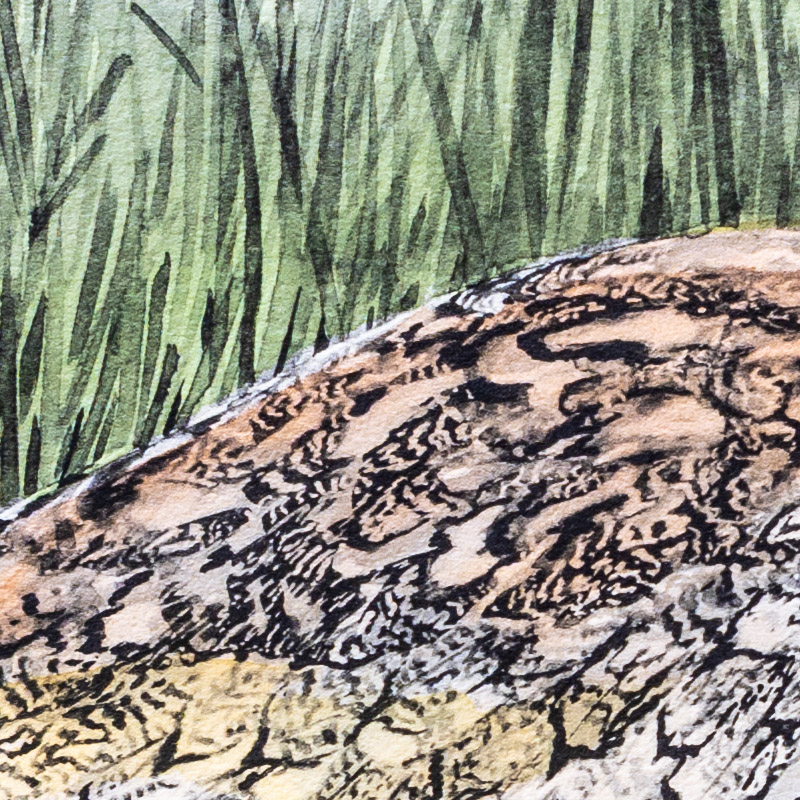
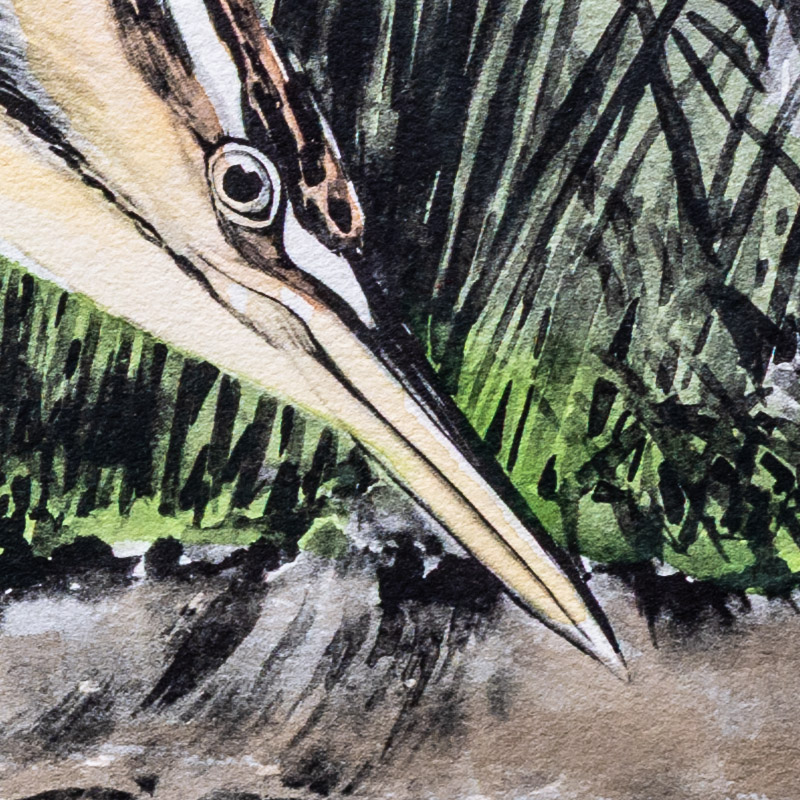
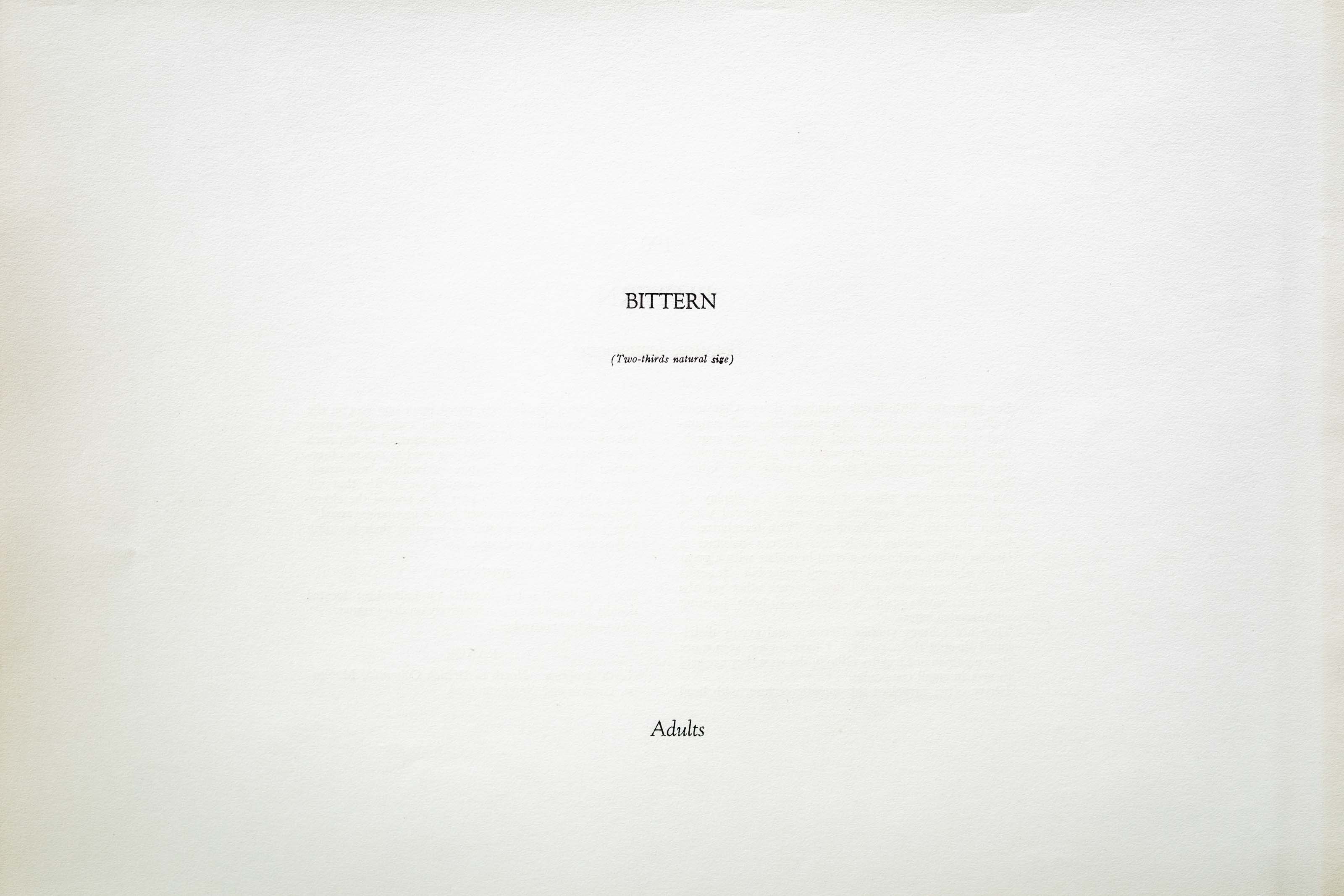
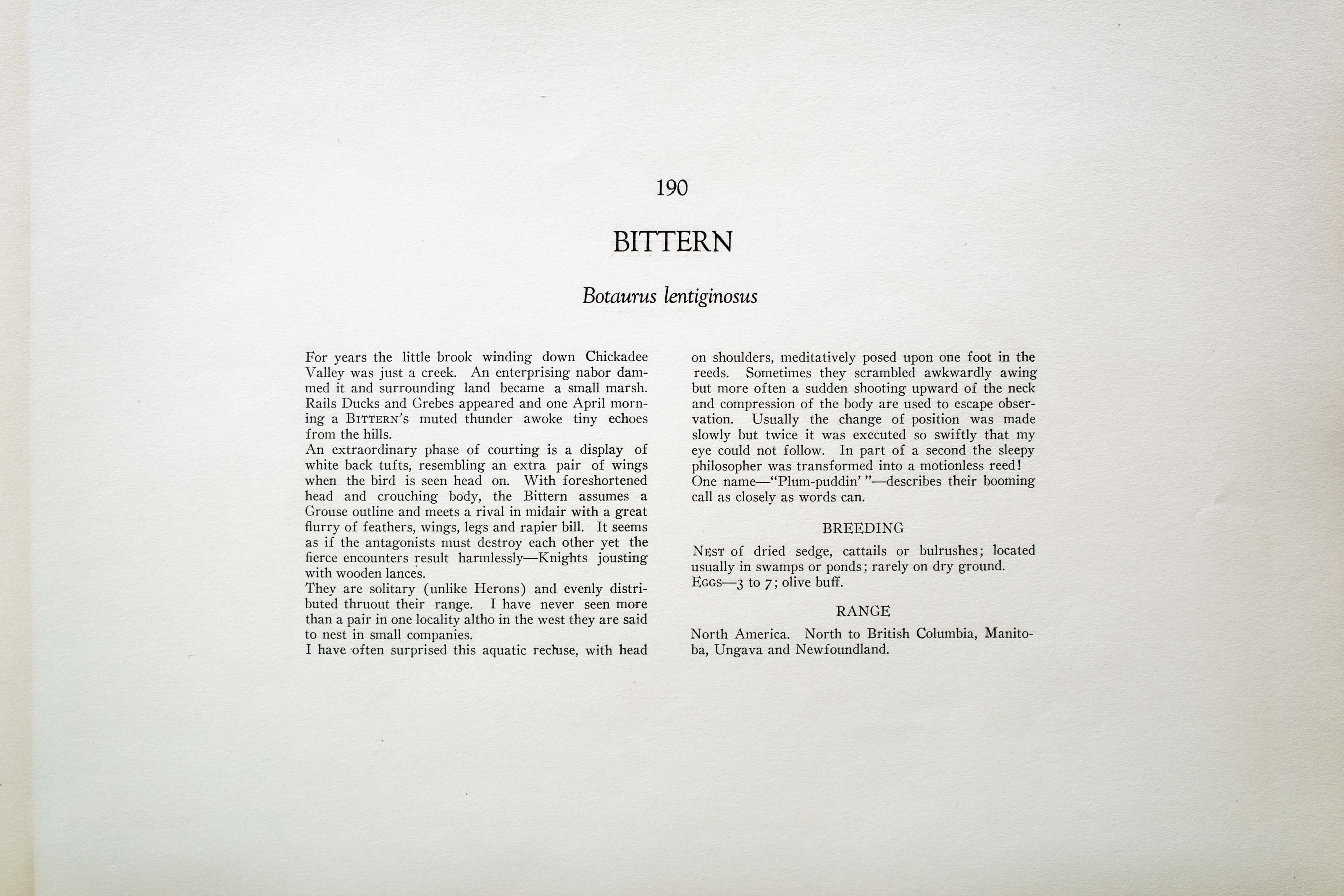

Unknown
1930
3
190
A team of dedicated board members, volunteers, and student interns has published every page in Volume 9. This volume includes 360 images of paintings and lyrical descriptions of birds, now available online for everyone to enjoy anywhere in the world. This is a monumental task. Each volume requires approximately 400 hours to photograph, edit, transcribe, catalog, and publish online. We need your support to complete this work.
If you're tech-savvy, have a good eye, are meticulous with details, and love structured data, please consider volunteering by emailing us at hello@rexbrasher.org.
We encourage all bird lovers and supporters to consider a monetary donation to support our mission to make Rex's work available for everyone. You can provide a one-time or recurring donation online.
For years the little brook winding down Chickadee Valley was just a creek. An enterprising nabor dammed it and surrounding land became a small marsh. Rails Ducks and Grebes appeared and one April morning a BITTERN'S muted thunder awoke tiny echoes from the hills.
An extraordinary phase of courting is a display of white back tufts, resembling an extra pair of wings when the bird is seen head on. With foreshortened head and crouching body, the Bittern assumes a Grouse outline and meets a rival in midair with a great flurry of feathers, wings, legs and rapier bill. It seems as if the antagonists must destroy each other yet the fierce encounters result harmlessly — Knights jousting with wooden lances.
They are solitary (unlike Herons) and evenly distributed thruout their range. I have never seen more than a pair in one locality altho in the west they are said to nest in small companies.
I have often surprised this aquatic recluse, with head on shoulders, meditatively posed upon one foot in the reeds. Sometimes they scrambled awkwardly awing but more often a sudden shooting upward of the neck and compression of the body are used to escape observation. Usually the change of position was made slowly but twice it was executed so swiftly that my eye could not follow. In part of a second the sleepy philosopher was transformed into a motionless reed! One name — "Plum-puddin' " — describes their booming call as closely as words can.
NEST of dried sedge, cattails or bulrushes; located usually in swamps or ponds; rarely on dry ground.
EGGS — 3 to 7; olive buff.
North America. North to British Columbia, Manitoba, Ungava and Newfoundland.